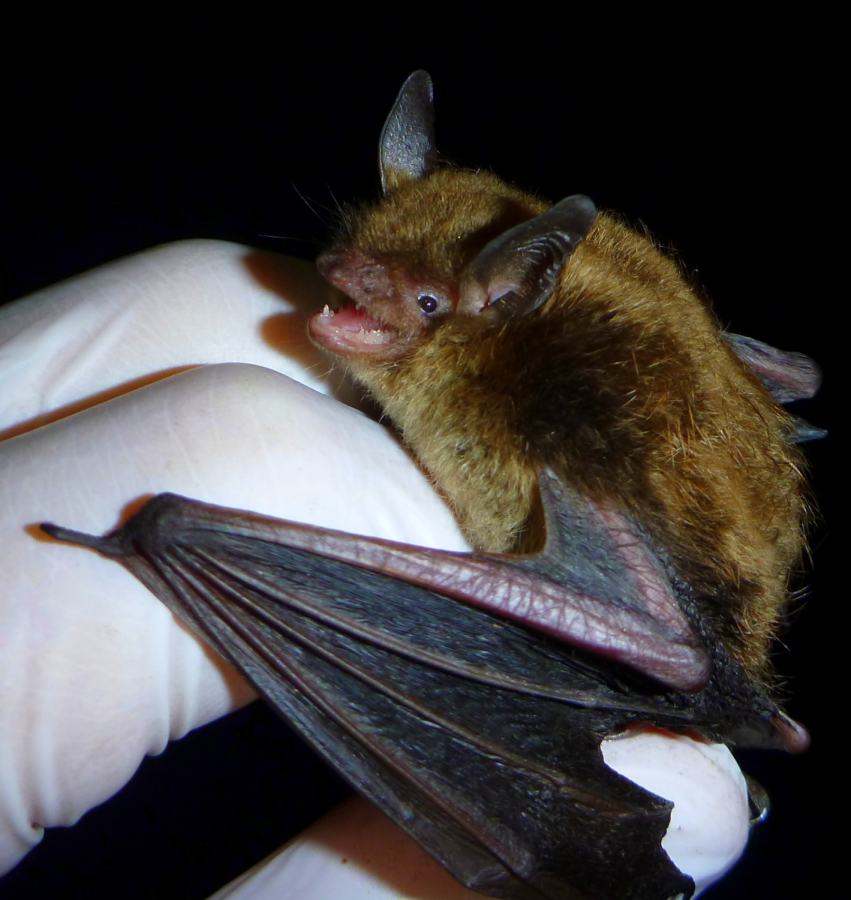White-Nose Syndrome in Bats
White-nose syndrome is a fatal disease that has been affecting bat populations across the United States and Canada for nearly two decades. It was first discovered in 2007 by a group of scientists examining a cave bat population in Albany, New York, noticing numerous dead bats on the ground with a white, almost powder-like substance covering their noses. However, it’s thought the disease was a problem for a couple or so years before its discovery.
The infection is caused by pseudogymnoascus destructans, a species of parasitic fungus officially described in 2008. The disease functions by infecting bats undergoing hibernation. It causes bats to frequently awake throughout their hibernation period (for currently unknown reasons, but it is thought to be an irritant). Hibernating bats have an extremely low metabolic rate as well as a low body temperature. They are meant to remain asleep the entirety of winter, and continuously waking up will quickly deplete their limited energy and fat stores, causing them to die of starvation and/or over-exertion. It’s thought to be infectious and spread throughout colonies, and has been known to wipe out entire colonies. The disease can be identified by a fuzzy white covering (the fungus) concentrated on a bat’s nose and wings. The disease is thought to have a fatality rate of anywhere between 70% to 100%.
White-nose syndrome (abbreviated to WNS) is still little understood. Bat species known to be affected include the little brown bat (pictured), the northern long-eared bat, the tricolored bat, greater mouse-eared bat, eastern small-footed bat, and numerous other species. It’s estimated that millions of bats have been killed by the fungus across North America.
Cave roosting bats are often considered a keystone species for their role in keeping down the mosquito population (they can eat up to and over 1,000 in a single hour), and because the guano they produce provides vital nutrients for cave ecosystems. Widespread death to cave-dwelling bat species would have devastating effects on the environment. We still don’t completely understand how the disease functions, nor do we have a proper method of keeping it under control. However, research is going into protecting bat populations in affected areas. Efforts are currently focused on monitoring cave systems known to house cave bats, as well as informing the public on the issue. Studies on exactly how the disease spreads and how to properly prevent it are underway.

